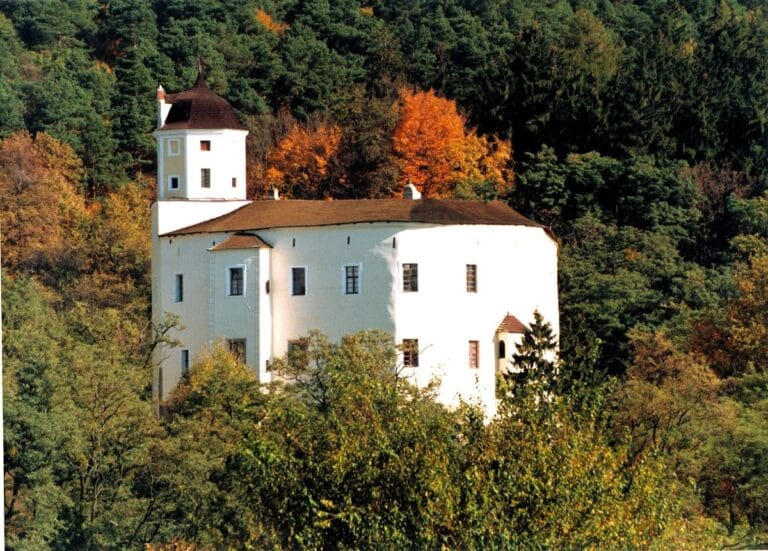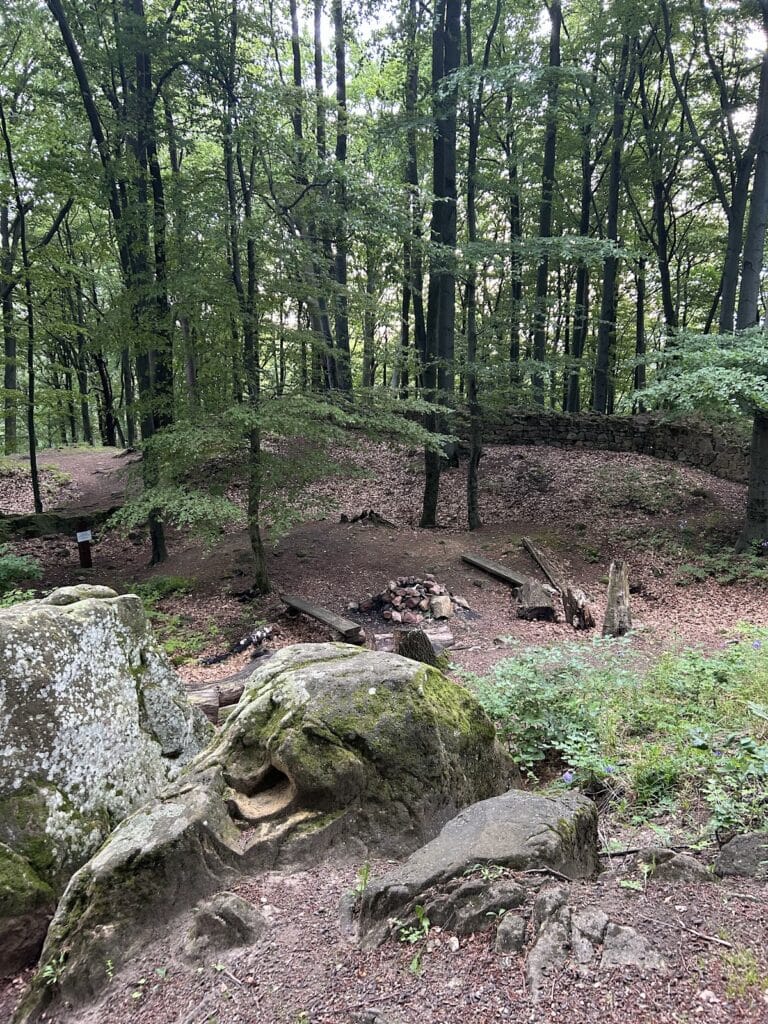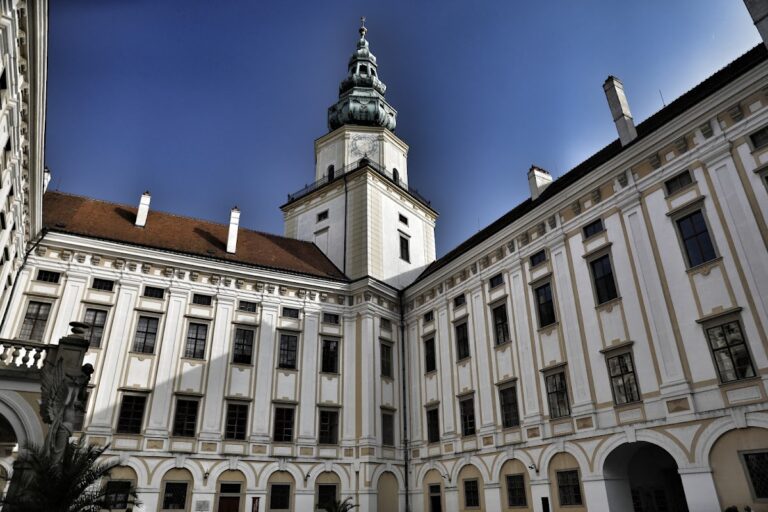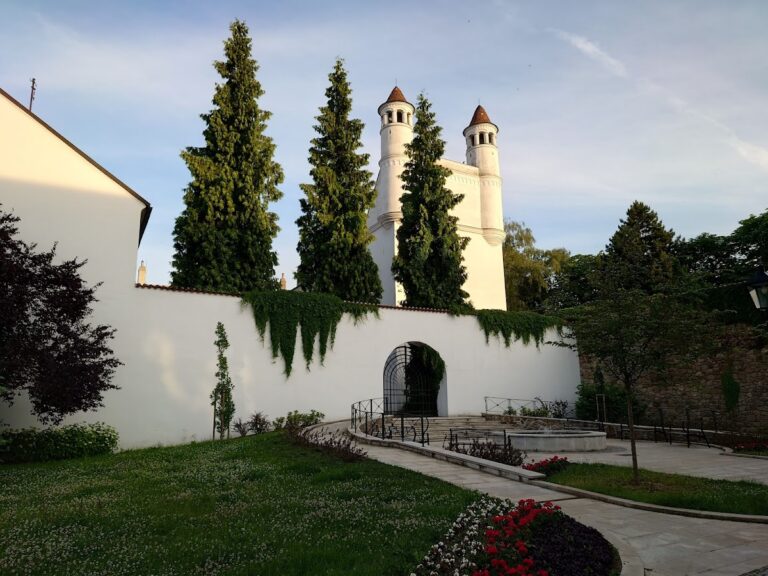Lukov Castle: A Medieval Stronghold in the Czech Republic
Visitor Information
Google Rating: 4.7
Popularity: Medium
Google Maps: View on Google Maps
Official Website: www.hradlukov.cz
Country: Czechia
Civilization: Medieval European
Remains: Military
History
Lukov Castle is situated near the village of Lukov in the modern Czech Republic and was constructed by the medieval Moravian civilization. Its origins trace back to the early 13th century as a fortified stronghold meant to protect Moravian lands.
The first indirect references to Lukov Castle appear in early 13th-century documents. In 1219, a castellan named Bun de Lucowe is mentioned, and a 1235 charter by Queen Constance of Hungary identifies a priest named Lambertus associated with Lukov. The earliest confirmed written record emerges in 1332, involving the Sternberg family, who intermittently owned the castle throughout the following centuries. Around 1334, King Charles IV took possession of the castle, but by 1342 it reverted to the Sternbergs, showing the frequent shifts in ownership during this period.
Throughout the late Middle Ages, Lukov Castle changed hands multiple times among influential Moravian noble families such as the Sternbergs, the Lords of Kunštát, and later the Nekeš of Landek. Property rights were often contested, with numerous documented disputes over inheritance during the 15th and 16th centuries. The castle endured significant turmoil during the Bohemian-Hungarian wars and was set ablaze in 1469 by forces under Matthias Corvinus. Following this destruction, the castle was restored and expanded, becoming one of Moravia’s largest castles, including the addition of a bastion known as the Bastei Johanka.
In the early 1600s, ownership passed to the prominent military leader Albrecht von Wallenstein through his marriage to Lukrécie Nekeš. During the Thirty Years’ War, the castle was seized by rebel Valach forces but was retaken by Imperial troops in 1627. Around this time, the castle was sold to Štěpán Šmíd of Freyhofen. However, in 1643, Swedish forces captured it and partially demolished its defenses. The castle then fell into abandonment, gradually deteriorating over the following century.
Official administrative functions moved from the castle to the nearby village of Lukov by 1750. The castle was noted as uninhabited by the end of the 18th century and was described as a ruin in early 19th-century records. Beginning in 1983, efforts to restore and study the castle ruins were undertaken by local organizations, and the site has since been opened to the public.
Remains
Lukov Castle occupies a rocky spur nestled between two stream valleys in the Hostýn-Vsetín Mountains, presenting a commanding Gothic ruin atop its natural foundation. Its layout originally combined an upper castle and a larger lower section known as Unterburg. The complex, constructed primarily from locally quarried stone, was protected by extensive walls and defensive bastions.
Key elements include a chapel initially built in the Romanesque style but later rebuilt in Gothic architecture. This church, dedicated to St. John, was documented in a papal record from 1392 and once contained relics of the Holy Cross. One of the most prominent military architectural features is the Bastei Johanka bastion, a defensive tower added during the 15th-century expansion following the castle’s reconstruction after wartime damage.
Archaeological research in the southern zwinger—a defensive outer courtyard—uncovered ceramic fragments linked to the Urnfield culture, dating back to the 8th to 9th centuries BCE, indicating the site’s use long before the medieval castle was built. Although parts of the castle’s walls and bastions remained visible into the 19th century, subsequent dismantling saw some stone reused elsewhere.
Despite its ruinous state, certain walls and structural outlines still stand, illustrating the castle’s historic scale. Between 2004 and 2006, biological surveys documented 35 species of land snails inhabiting the ruins, underscoring the site’s ecological as well as historical value. The surviving remains reflect Lukov Castle’s layered history as a fortified medieval residence and its long-standing significance in the region.










